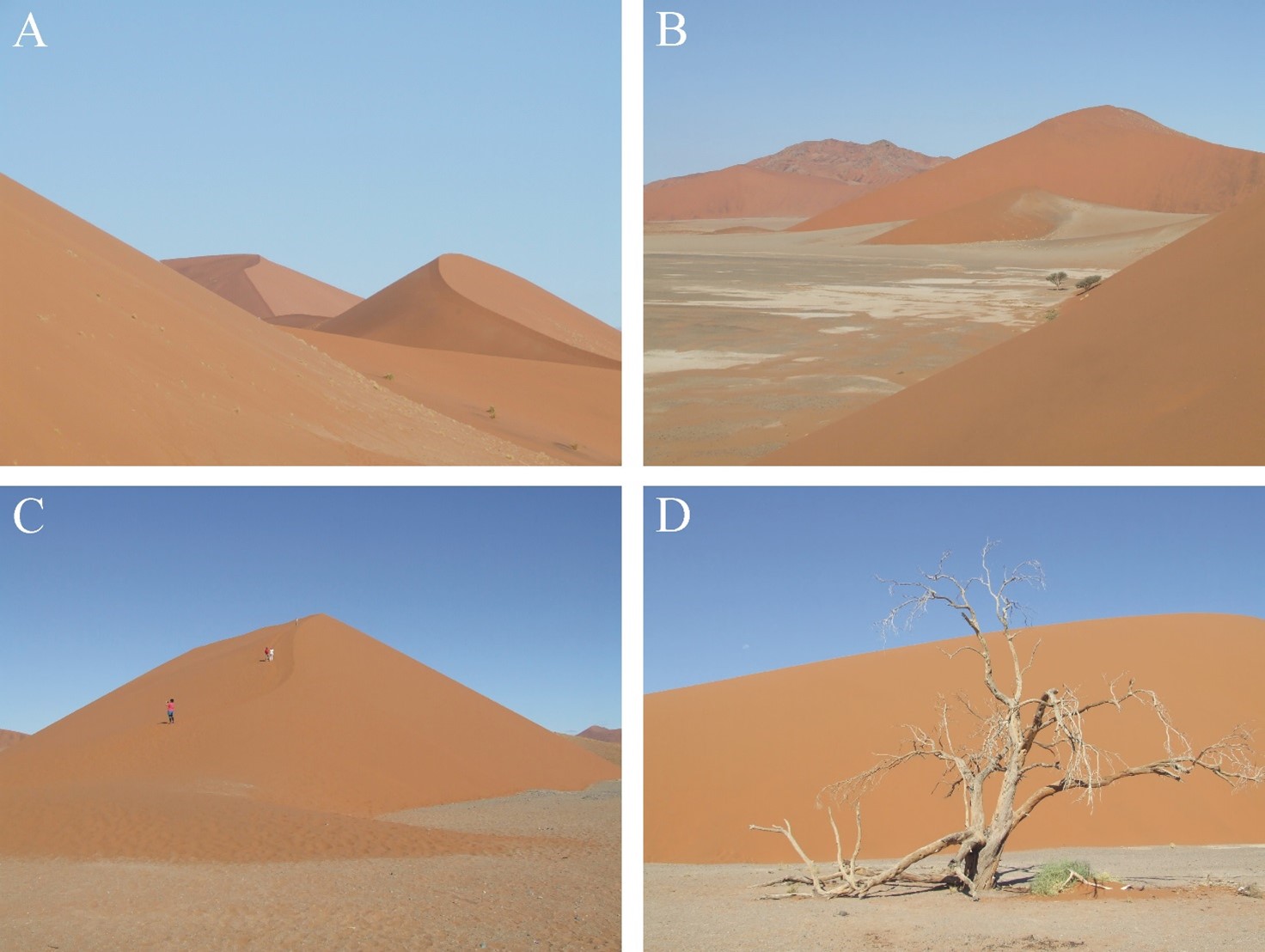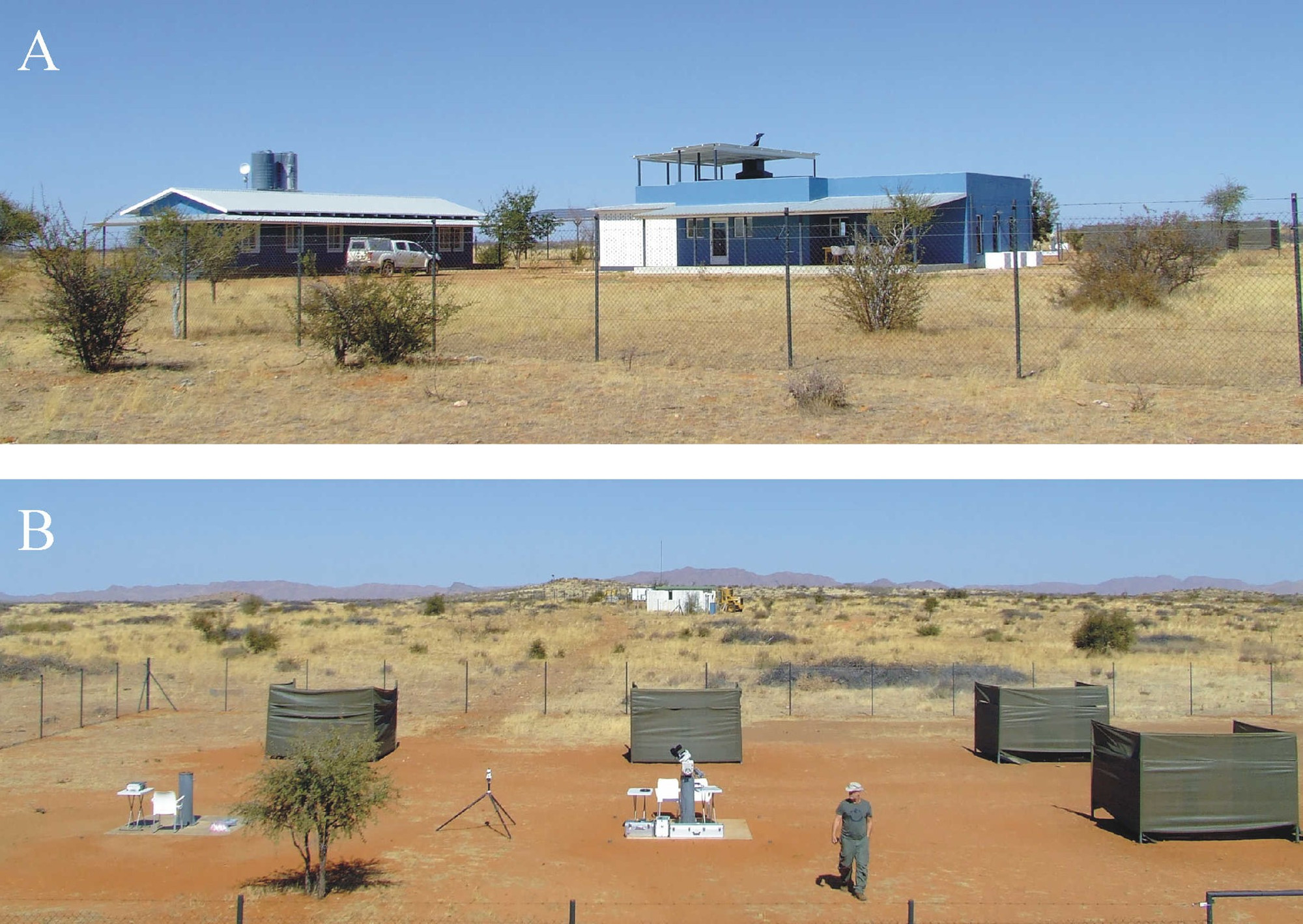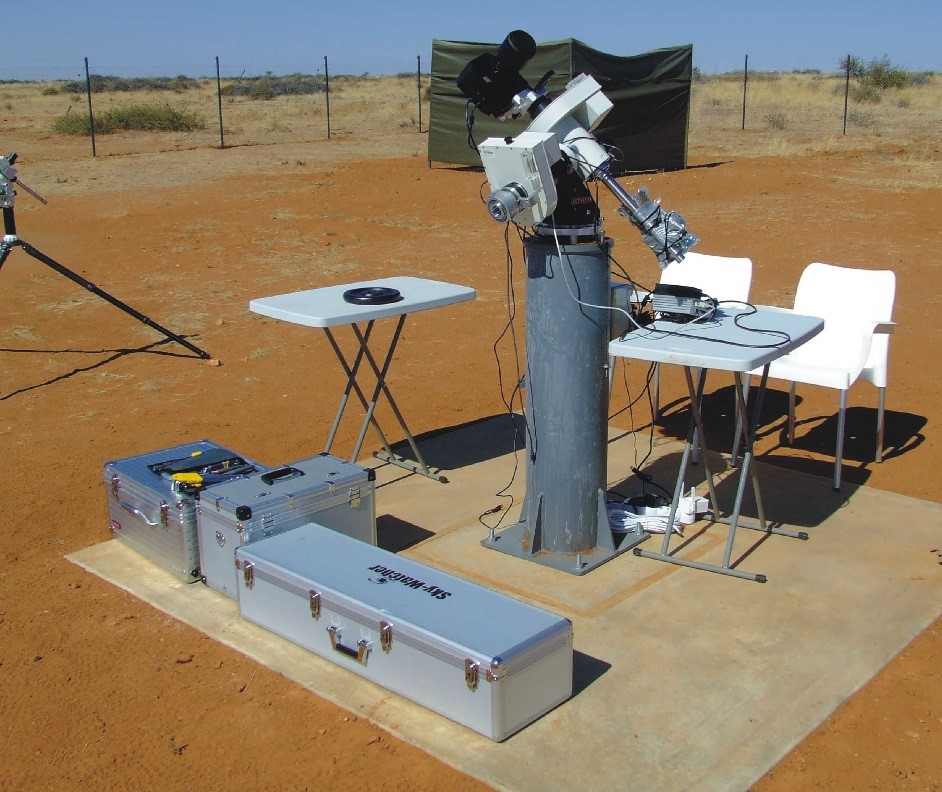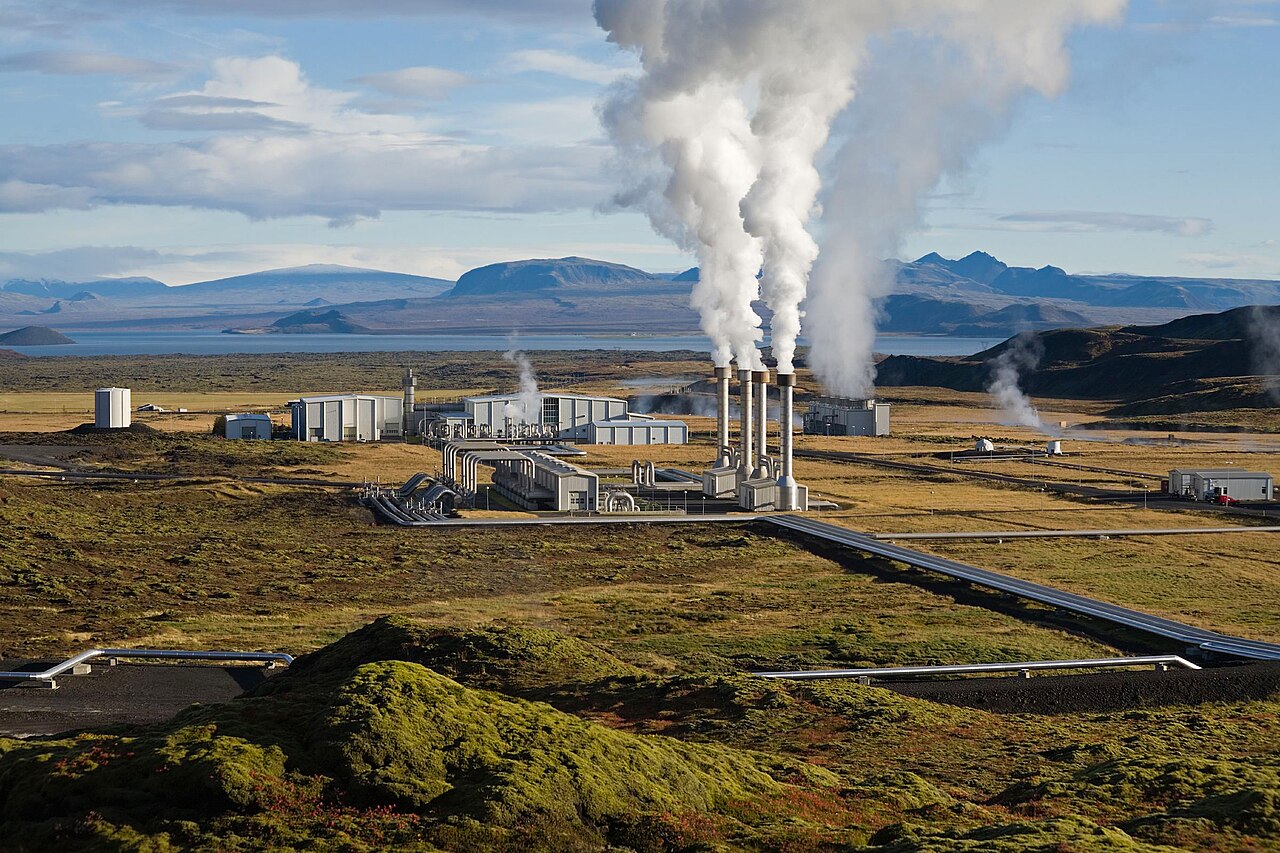HUN-REN, ELTE researchers confirm existence of L5 Kordylewski dust cloud with new polarimetric measurements
The HUN-REN‒ELTE Astropolarimetry Research Group has started a 66-month project supported by the HUN-REN Hungarian Research Network. The first astronomical measurement campaign was carried out in the summer of 2023 at the Isabis Astro Lodge on the Khomas Highland in Namibia, which has an excellent astroclimate. The results provided further polarimetric confirmation of the existence of the mysterious Kordylewski dust cloud at the L5 Lagrange point of the Earth-Moon system, as the team reported in an article published in the June 2024 issue of the Monthly Notices of the Royal Astronomical Society.
There are five points in the orbital plane of two celestial bodies orbiting around their common centre of mass (the Lagrange points), where, if a third mass is placed with corresponding initial velocity, the ratios of the distances between the three bodies remain constant. If a criterion is fulfilled for the three masses, the motion of the third mass around points L4 and L5 is stable, i.e. it does not move away from its position permanently but performs a wobbling (libration) motion. Since the mass criterion is also satisfied for the Earth-Moon-particle system, the points L4 and L5 are located at the outer vertices of two equilateral triangles resting on either side of the Earth-Moon segment. Both celestial bodies exert a kind of celestial mechanical attraction on particles approaching the L4 and L5 points, trapping them for long periods of time. However, their stability is more or less destroyed by the gravitational perturbation of a third large celestial body, the Sun, and the particles are eventually removed from the system. Over time, this attraction continuously traps interplanetary dust particles, rocks, and debris of all origins approaching L4 and L5 with sufficient velocity. The accumulating debris piles are called Kordylewski dust clouds after their discoverer, Polish astronomer Kazimierz Kordylewski (1903-1981).

Figure 1: The characteristic red sand dunes of Namibia's Atlantic coast (Photos by Gábor Horváth)
After their discovery in the 1960s, many people observed the dust clouds at points L4 and L5 with the naked eye and photometry, but many failed, leading astronomers to believe that they might not exist. This scepticism was exacerbated by the fact that the Sun's gravitational perturbation disrupts the stability of the L4 and L5 masses, which could make the long-term persistence of dust clouds impossible. Using imaging polarimetric telescopes, Hungarian researchers (Judit Slíz-Balogh, Attila Mádai, Pál Sári, András Barta, Gábor Horváth) were the first to detect the polarisation patterns of the L4 and L5 Kordylewski dust clouds between 2017 and 2022, confirming their existence. However, due to the unfavourable astroclimate of the Carpathian Basin, it took years before they were able to measure the polarisation signals of both dust clouds. For their polarimetric dust cloud hunt, the Hungarian researchers looked for a region with a much better astroclimate than Hungary, near a desert (Figure 1). Among several possibilities, they finally chose the Isabis Astro Lodge, which was built in 2020 on the private property of Joachim Cranz on the Namibian Khomas Highland at an altitude of 1800 m (Figure 2).

Figure 2: The two buildings of the Isabis Astrofarm (A) and the area behind them with 8 telescope stands, of which only 6 are visible in the picture (B). The nearer central stand is already equipped with the team’s polarisation telescope. The two white buildings in the distance belong to the Russian space debris monitoring station under construction (photos by Gábor Horváth).
The three-member HUN-REN‒ELTE Astropolarimetry Research Group (Prof. Gábor Horváth, physicist; Dr. Judit Slíz-Balogh, astronomer; Attila Mádai, mechanical engineer), together with two mechanical engineers, Pál Sári and Ilona Mitró (Fornax Ltd.), carried out astronomical polarisation measurements on Isabis at night between 18 July and 17 August 2023 using a portable, rotating-analyser, single-camera, wide-angle, imaging polarimeter telescope (Figure 3). This polarisation telescope has the unique advantage that, unlike the famous large terrestrial telescopes with polarimeters, it is portable rather than fixed to the ground and has a field of view of 15o×10o, two orders of magnitude larger than the maximum field of view of fixed polarisation telescopes of 1o×1o. The portability of this telescope is necessary for carrying out astropolarimetric measurements at sites with favourable astroclimates, and its large field of view is a prerequisite for imaging Kordylewski dust clouds of at least 15o×15o within the same polarisation pattern. At present, only Hungarian researchers have such a portable polarisation telescope, and an improved version is planned to be used at least four more times in Isabis Astro Lodge's Hungarian measurement campaigns.

Figure 3: The Hungarian portable polarimetric imaging telescope on one of the telescope stands at Isabis Astrofarm (Photo by Gábor Horváth)
Research on the Lagrangian points of the Earth-Moon system can help future space exploration programmes and space assets to target and orbit these points, and can also provide important information for the safety of space navigation.
Publication:
Judit Slíz-Balogh, Attila Mádai, Pál Sári, András Barta, Gábor Horváth (2024) Observation of the L5 Kordylewski dust cloud with a portable imaging polarimetric telescope in the Namibian Khomas Highland. Monthly Notices of the Royal Astronomical Society 530: 3570-3577

